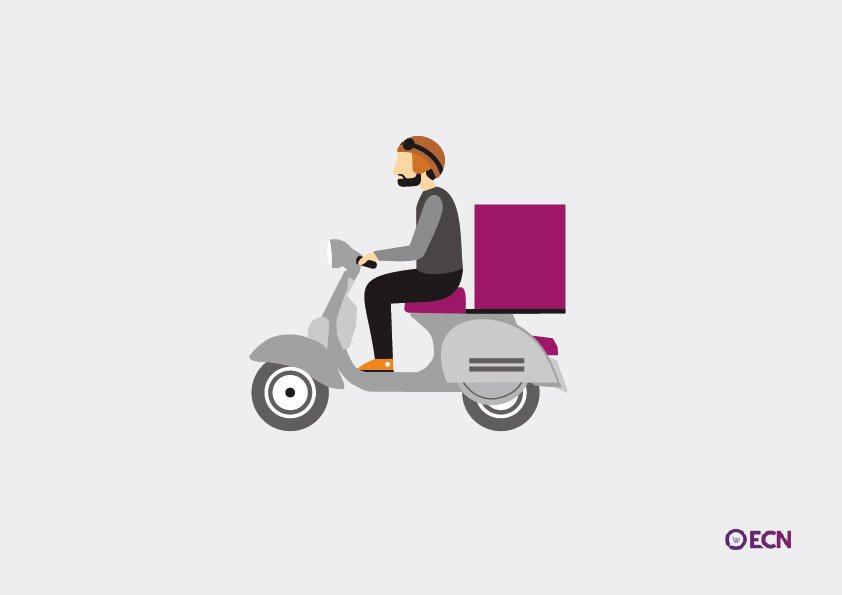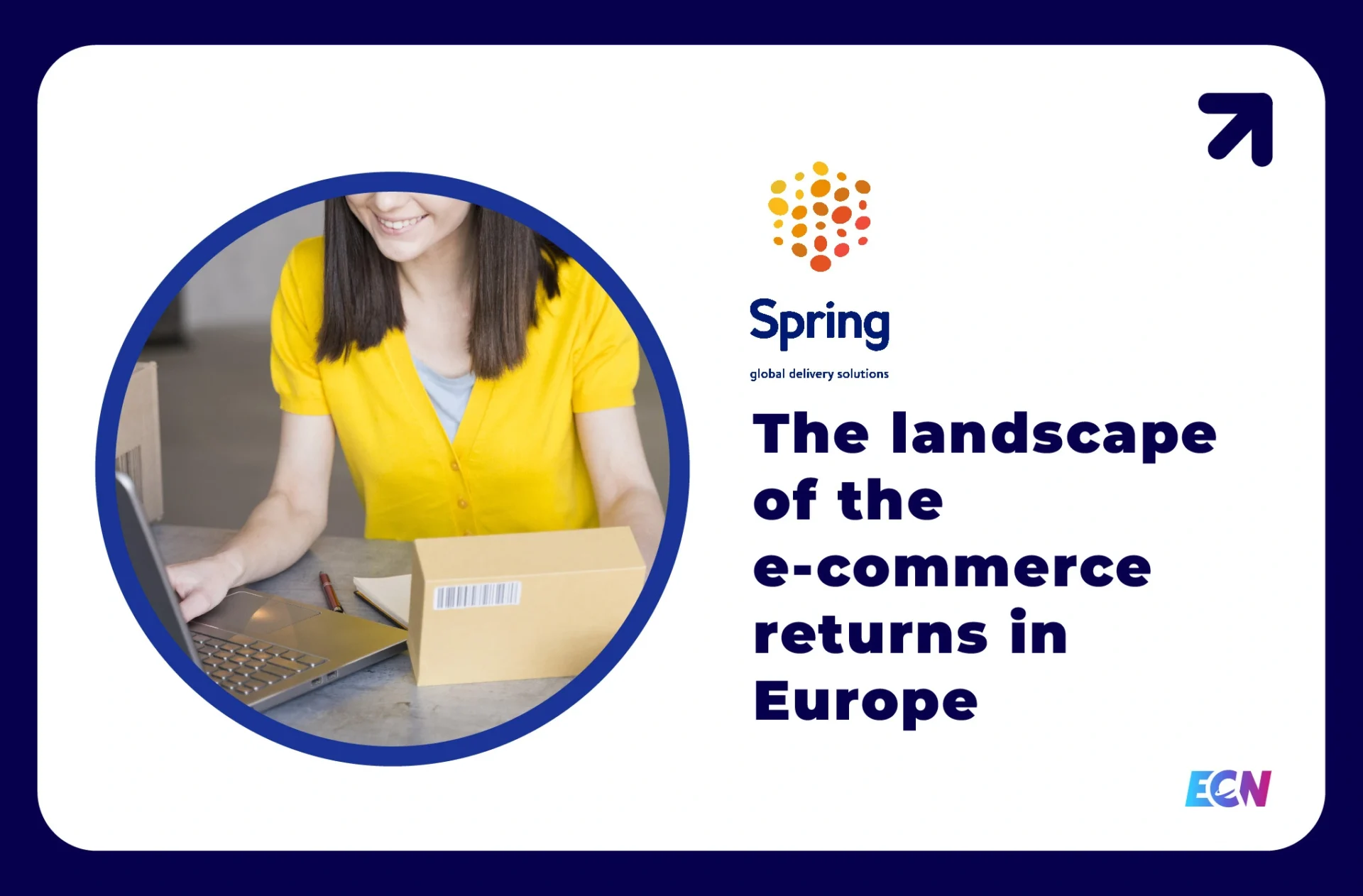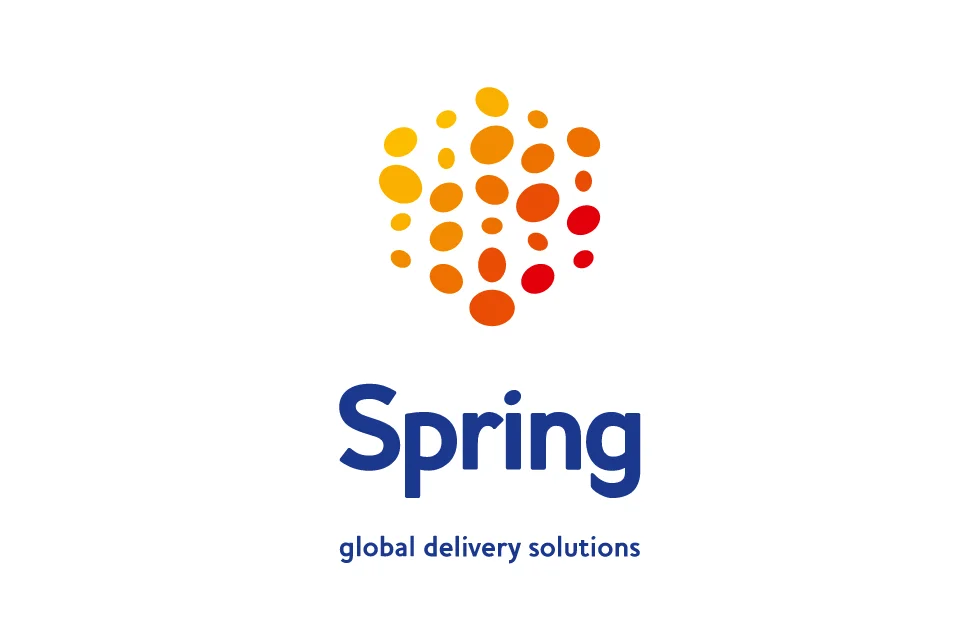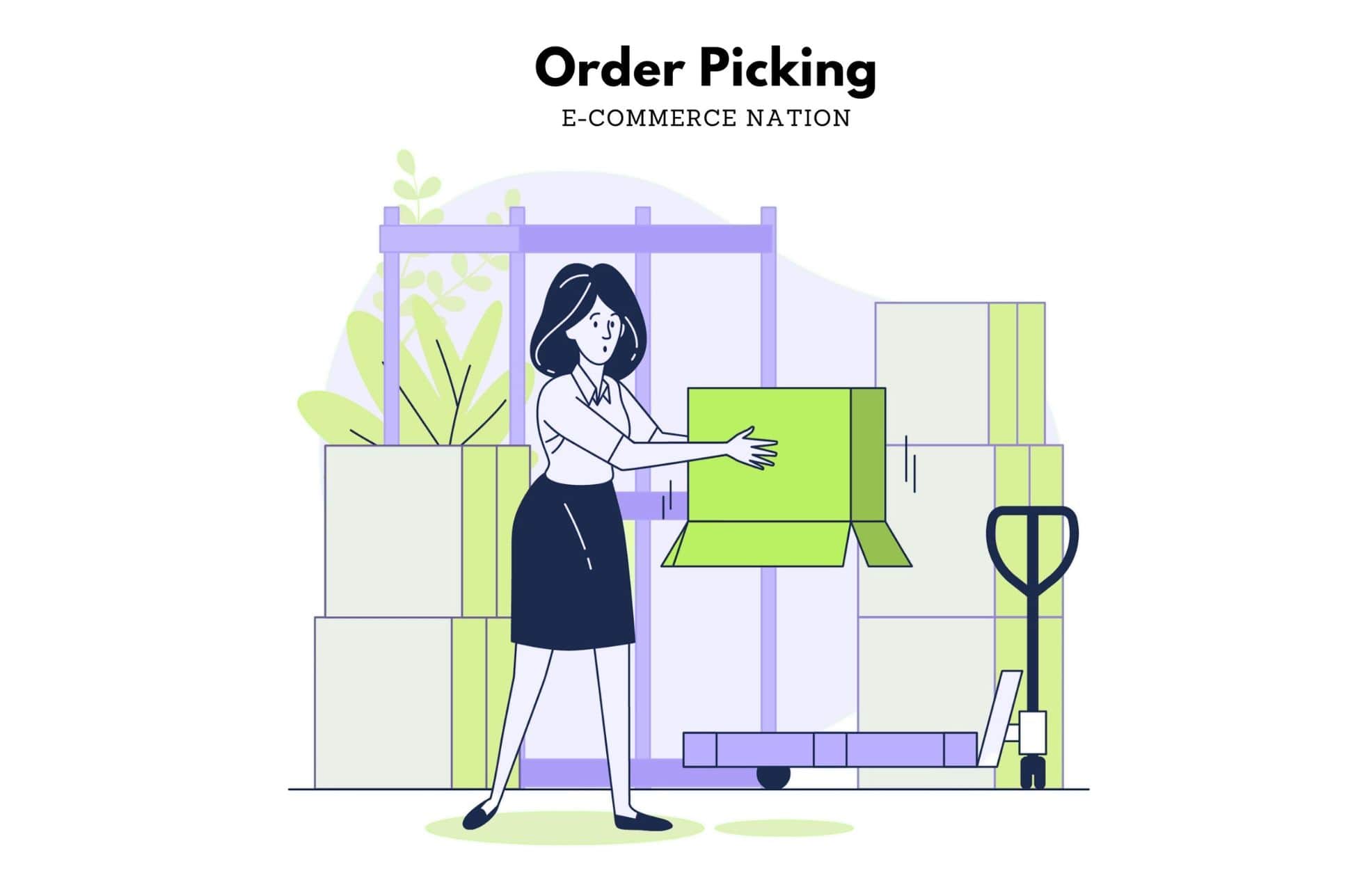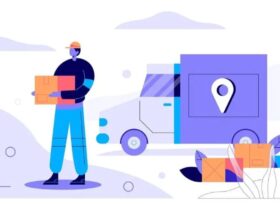Supply chains and carriers have made B2B delivery a science, but the growth of trends such as ecommerce, crowdsourcing and same-day delivery has turned last mile delivery on its head. If the last mile is ripe for disruption, supply chain companies have to start perfecting their fulfillment processes to find new and profitable ways to deliver products to customers.
Amazon Prime is stimulating much of this innovation. Its service has been growing 30% per year since 2011, and this is changing consumer expectations. Of course, delivery to individuals is inefficient and more expensive than delivery to businesses. Carriers take individual packages to sparsely populated areas and, in many cases, the receiver of the package is not at home. However, customers demand faster, cheaper deliveries.
Here are nine trends that are affecting last mile deliveries.
Faster Fulfillment
There is an emphasis on logistics and fulfillment due to an increase in on-demand same-day deliveries. Companies are experiencing a large increase in consumer demand for these types of shipments. What would normally be
Deliveries for which you normally had an hour of preparation, now have to be ready in minutes, which poses challenges in terms of planning.
Examples include pharmaceuticals and food delivery. Customers want a delivery time of a few hours. By the time the order arrives, it has to be processed and ready to go, in order to meet that narrow window.
Gig economy and crowdsourcing applications
There is no better way to demonstrate the boom of the gig economy and crowdsourcing applications than by looking at venture capital flowing into the last mile delivery and urban logistics sectors. In 2015, venture capital investments in the supply chain and in logistics startups quadrupled those of the previous year.
Companies such as UberRUSH for packages, Postmates, Deliver, and even Amazon Flex provide deliveries by independent deliverers. Companies publish deliveries in their applications to alert drivers to available jobs. Collecting and delivering ad hoc isn’t as efficient as delivering something you have solid route management on, with an available truck that knows where you’re going. But technology is becoming more advanced, and those with a car (or even a bicycle) who want to earn extra money can do so.
These services have a limited geographic reach and are not yet as widespread as those of traditional operators. They usually only deliver to the largest cities.
Venture capital funds are interested in companies based on information and technology, not on assets such as vehicles. They focus on companies that use analysis and information to figure out how to do the work for less money, and to take advantage of drivers’ overcapacity with their own cars.
Focus on visibility
Traditional carriers have improved traceability, with proof of delivery and tracking information. Sometimes last mile regional and local delivery organizations don’t have the technology to provide that information.
Thus, communicating with these companies ends up being a bit chaotic. Traceability and other tracking data is very important in last mile deliveries, especially if a package is delayed or lost. But with smartphones, everything has been made much simpler.
Thanks to GPS tracking, the customer can see where the driver or package is. This enables fast deliveries with traceability and signature capture at the point of delivery. Although the process is not yet standardised in all respects, consumers will increasingly demand that the industry move in this direction.
The postal service evolves
Traditional carriers such as the Post Office are changing and growing little by little. Given the reduction in traditional letter and mail delivery, increases in e-commerce package delivery could not come at a better time.
Adding a package to a home delivery is only an additional cost to the courier company, as the carrier goes home anyway. It is more expensive for UPS or FedEx to make the same delivery as you have to make a separate stop.
Subcontracting Deliveries
More and more companies are using their own or shared vehicles for last mile delivery, and that includes Amazon. Some 3PL companies now also have their own local delivery services. They have their own vehicles and drivers on payroll for local deliveries, not long distance.
City Warehouses
Last year there were at least 58 Amazon Prime Now distribution centers in the U.S. for customers who demanded same-day, instant deliveries. The growing trend is for organizations to build on or take advantage of this urban warehouse space and have easy access to products for quick deliveries to customers.
That’s the only way to reduce the speed of delivery or transit time. The delivery in two hours of Amazon is unprecedented and that is what has disturbed the industry, which is trying to get as close as possible to this aspect.
Amazon has the advantage of being first in the market, and most retailers are struggling to catch up. Large stores offer delivery in two days for a minimum order, while Amazon offers delivery in two hours. Delivery in three days used to be considered fast!
Carrier becomes seller
Thanks to Big Data, retailers can predict what more a customer might want, even if they haven’t ordered it. The mobile warehouse concept is gaining strength. The fulfiller can load inventory onto delivery trucks, allowing drivers to increase sales during the delivery process.
Just as Amazon shows customers additional products they may like during the checkout process, the courier can bring items that the consumer has ordered in the past or may need or want by processing a possible additional order in person. This can work very well in the food sector, as well as the household goods sector, or even in fashion.
Intelligent technology and sensors
In addition to wanting to control every aspect of the fulfillment and delivery process, customers want to track temperature-sensitive items.
Probes and monitoring devices are already placed in the packages themselves. In this way, the pharmaceutical company, frozen foods or alcoholic beverage manufacturers will know the temperature of the probe and possibly the humidity level at each step. This is becoming an industry standard.
Fulfillment centers use weather data for planning and to add additional packaging materials with which to control temperature change. If they know that they are delivering to southern Spain in mid-August and the temperature will be 37°C, they can add dry ice or packaging that is better able to withstand the heat. Once this is done, carriers use data collected to calculate an appropriate route.
Delivery by driverless cars, drones and robots
Although these futuristic delivery options are being developed and tested, they are not yet a trend. But be careful, because they will arrive sooner or later.
If packages can be delivered by stand-alone vehicles or drones, the game will change radically. Currently, deliveries are limited by the cost of labor, availability and shifts. Robotic delivery can be done 24 hours a day. However, drone deliveries may have limited use in highly urbanized areas due to regulatory and operational problems.
Robot delivery is already being tested in San Francisco, using a robot that travels the sidewalks of the city. A disadvantage? The robot needs human accompaniment in case it has a problem. McKinsey envisions a future in which autonomous vehicles and drones will deliver 78% of all items, relegating traditional deliveries to 20% and bicycle couriers to 2%.
Whether the future is autonomous or not, these nine trends show that different players in the supply chain are actively trying to perfect the last mile in order to keep up with consumer demands.

